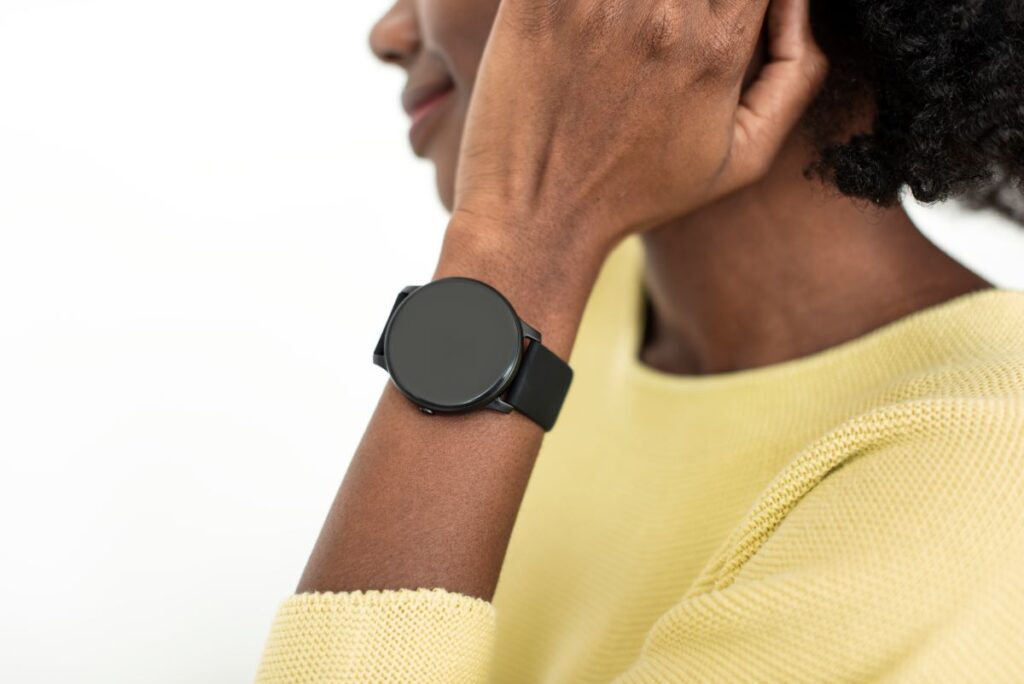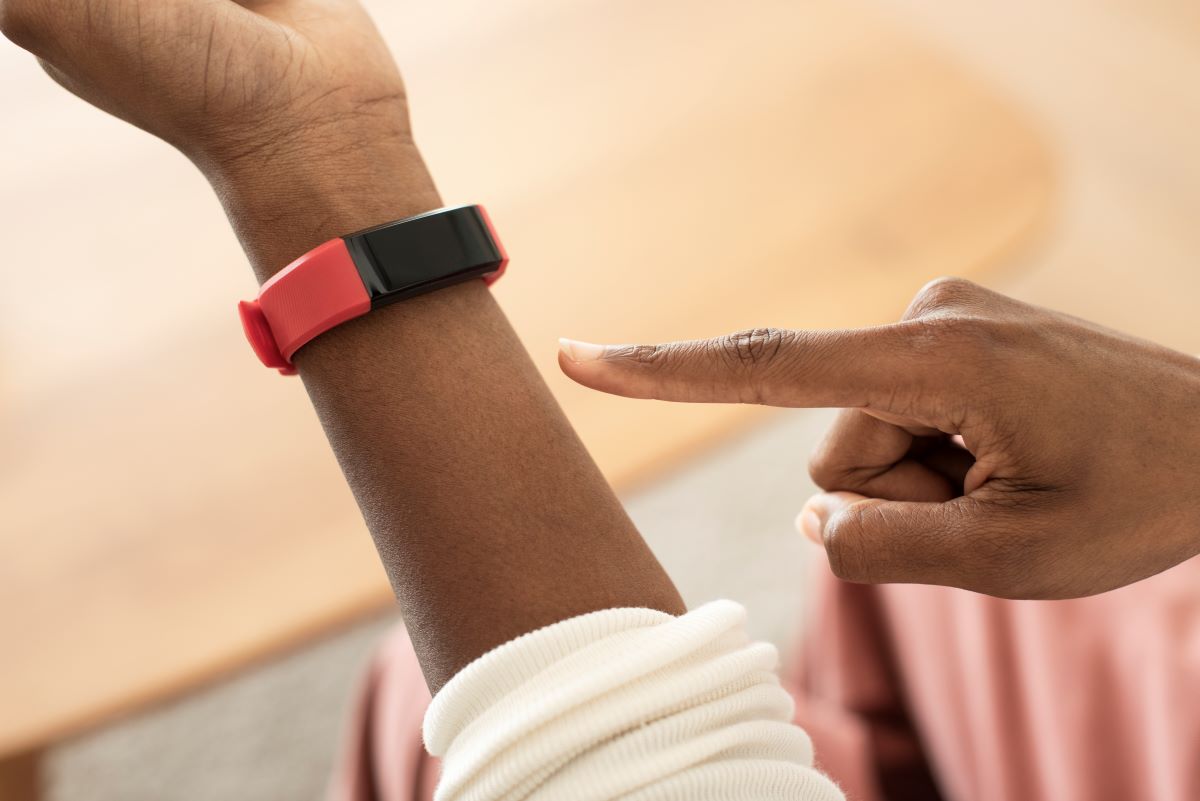As the healthcare sector seeks to use technology in order to consolidate data and improve patient care, wearable technology is flooding the market. From activity trackers to health monitoring devices and more, the growth of private and government sector investment in wearable technology has made this sector an area of interest for investors, manufacturers and consumers alike.
Healthcare is a growing industry, and as such, wearable technology is quickly becoming a key player. For example, the Veterans Affairs Department has started using Wearable Technology to measure physical health and performance.
The VA uses this technology to help veterans manage chronic diseases such as diabetes or heart disease. The data from wearables can be used to help determine if the patient is taking their medication correctly, or if they are making other lifestyle changes that could lead to better health outcomes.
The VA has also found that using wearables can give them insight into mental health issues, like PTSD or depression. This type of information is incredibly important when dealing with veterans who may have trouble communicating how they’re feeling or what they need to improve their health.
Additionally, the Centers for Medicare & Medicaid Services (CMS) is investing in wearables to help clinicians better manage patient care. In this article, we will explore how Wearable Technology is changing healthcare sector, what benefits it offers providers, and how it can be used in the context of patient care.
With the rise of wearable technology, providers are able to access more information about their patients than ever before. This can help them make better decisions about treatment and diagnosis, and ultimately lead to improved patient outcomes.
How Wearable Technology is Changing the Healthcare Sector.
The use of wearable devices to monitor health and fitness is growing at an exponential rate, and it’s hard to ignore their impact on the healthcare industry. Wearables allow patients to track their own health data and give doctors access to that information without having to conduct a full physical exam.
This has a number of benefits for both sides: Patients are able to see how their bodies are responding to medication or treatment, while doctors can get a snapshot of what’s going on without having to schedule an appointment.

Wearable devices represent just one portion of the digital health market. Digital solutions are also being used in clinical settings, with many hospitals now implementing electronic medical records (EMRs) instead of paper records. EMRs improve efficiency by allowing physicians and nurses to access patient records from anywhere—even if they’re not actually at the hospital itself.
They also reduce medical errors by providing real-time updates on medications, allergies, organ transplants, etc., which helps avoid mistakes like drug interactions or allergic reactions due to incorrect dosage amounts being administered by medical staff members who weren’t aware of relevant information about certain patients’ histories beforehand.”
In the healthcare sector, wearable technology is being used in a variety of ways to improve patient care. One example is using sensors to track patient symptoms and provide feedback to nurses. By doing this, it can help improve the accuracy of diagnoses and treatment plans.
Wearables can be used to transmit updates about patient care directly to doctors or nurses over a Bluetooth connection. This allows for more rapid communication between providers and patients, helping to improve efficiency and quality of care.
How Wearable Technology Can Help in the Healthcare Sector.
Wearable technology has also been used to monitor patient health in other ways. For example, wearables can be used as monitors for heart rate, blood pressure, and oxygen levels. In addition, they can be used to measure body temperature or track sleep patterns. This information can be invaluable in the development of treatments and individualized care plans for patients.
Wearable technology is a growing industry, and it’s one that’s poised to make a big impact in the healthcare sector.
There are a number of reasons why:
- First, wearable devices make it easier for people to monitor their own health by tracking things like their heart rate, sleep patterns, and how much they move around during the day.
- Second, they allow us to better understand how our bodies react to certain medications and treatments.
- And finally, they enable us to collect information about our environments that we can use later on when planning new products or services, like air quality monitoring systems at airports or hospitals.
How Wearable Technology Can Improve Healthcare Services.
Wearable technology is also being used in the healthcare sector to increase productivity levels. By tracking employee performance data, employers can see which employees are working best at their job and adjust their work schedules accordingly.
Wearable technology can be placed on employees’ clothing so that they are able to track their progress throughout the day without having to take off their clothes altogether. This can help to improve employee productivity and morale.
Wearable technology is becoming more and more popular. It’s great for keeping track of your health and fitness, but what if you could use it to improve the healthcare sector? That’s exactly what some people are doing.
The wearable tech revolution has been making waves in the medical field for a while now, but it’s only recently that we’ve seen some really exciting advancements. As you might expect, these advancements are all about making life easier for patients and doctors alike.
How to Use Wearable Technology in the Healthcare Sector.
One of the most important ways to use wearable technology in the healthcare sector is to improve patient care. By using wearable technology to monitor and track patients’ health, we can improve their overall experience and make it easier for us to serve them.
For example, a patient could be able to see their doctor or nurse more easily on a wearable device. We can also use wearables to track vital signs like blood pressure, heart rate, and oxygen levels. In addition, we can use wearable technology to help us measure patient satisfaction and provide feedback to our providers.
Use Wearable Technology to Improve Patient Quality of Life.
Wearable technology can also be used to improve the quality of life for patients. For example, a patient could be able to track their sleep schedule and get real-time information about their health as they sleep.
This information could help patients make better decisions about how much sleep they get and how long they spend in bed each night. Additionally, we could use wearable devices as tools for measuring stress levels and providing relief when it comes time for a massage or other treatment.
Use Wearable Technology To Improve Healthcare Efficiency.
Another important way we can improve our healthcare services with wearables is by using them as tools for efficient management. By tracking data about patients’ medical conditions and surgeries, we can save time and money on medical treatments and treatments procedures. We can also use wearable devices as communication tools between doctors and patients so that both parties are able to receive necessary information quickly without having to leave their work space.
Conclusion
Wearable Technology is changing the healthcare sector and has the potential to improve many aspects of hospital care. By using wearable technology to improve patient quality of life, improve efficiency in the healthcare sector, and create more engaging content for patients, you can increase your business’s reach.
Wearable technology is a growing field that provides new opportunities for businesses across all industries. Wearables are no longer just watches or fitness trackers—they encompass everything from clothing to glasses and even medical implants. One area where wearables are playing an important role is in healthcare.
One of the most promising applications for wearable technology in healthcare is patient monitoring systems. These devices help doctors keep track of patients’ heart rates, blood pressure levels and other vital signs while they sleep or while undergoing surgery. The data collected by these devices allows doctors to adjust medications or make other changes as needed before it’s too late to prevent complications or death.
Another way that wearables are being used in hospitals is by providing real-time information about what’s happening on the ward at any given moment through mobile apps that allow doctors and nurses alike see who needs attention right away versus those who can wait until later before coming into contact with someone.
Healthcare providers and researchers have made great strides in the realm of wearable technology. Although there are still hiccups along the way, the potential for this industry is highly encouraging. We’re living in a new era where innovations like fitness trackers and health monitors are becoming commonplace. The future is exciting, and we can’t wait to see what’s next for wearables in regards to healthcare.
If you want to get the best digital health news, you can visit our website, Digital Salutem. We will update digital health news every week, so please keep contact with us every week! If you have any feedback or suggestion about wearables and digital health news or anything, please don’t hesitate to send email to us! Check our YouTube Channel, Healthcare Uncomplicated. To find out more about how we can help you with your Digital Healthcare Transformation, Healthcare organizational growth, or Healthcare brand positioning, please get in touch via phone +44 (0) 203 3620421 or via e-mail: info@digitalsalutem.com





